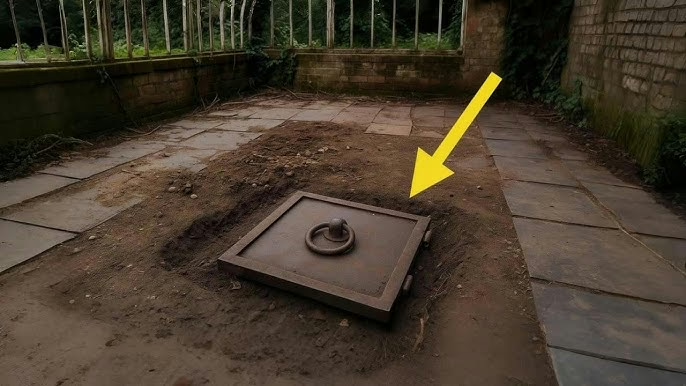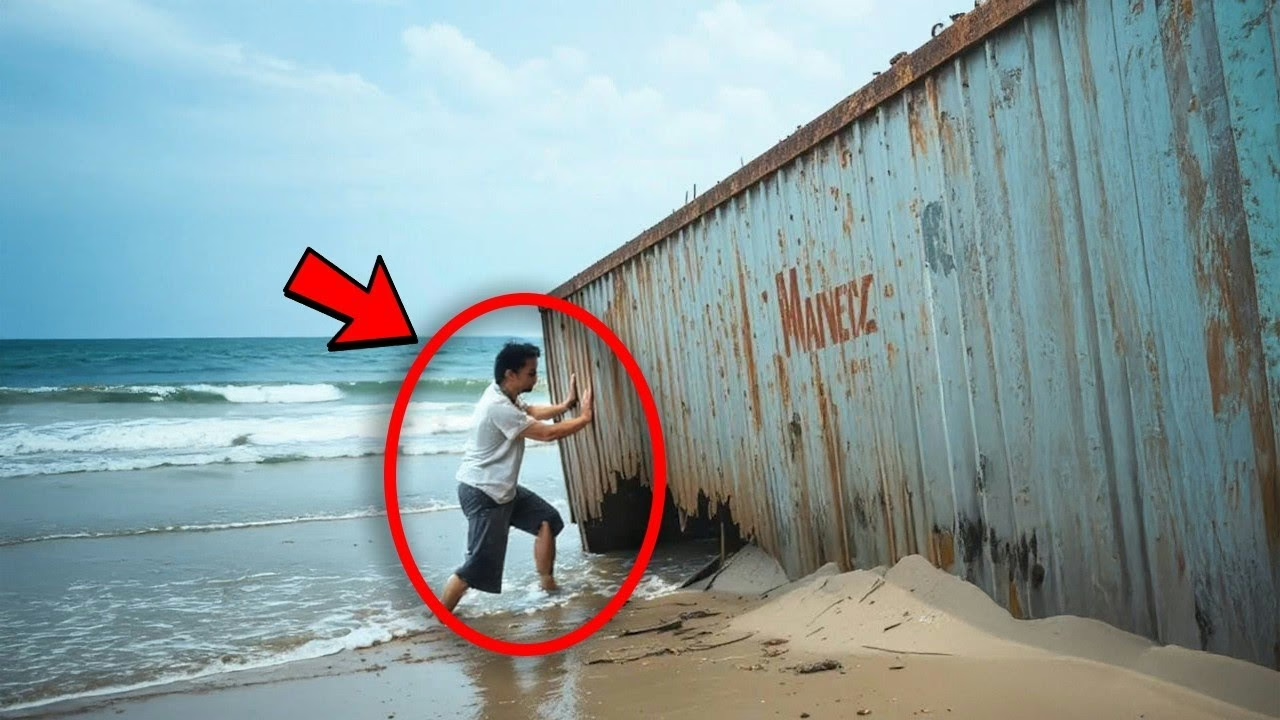Few monuments from antiquity carry such mythic status—and yet so little physical trace—as the Lighthouse of Alexandria (also called the Pharos of Alexandria), one of the Seven Wonders of the Ancient World. For centuries, the lighthouse existed only in textual sources, coins, drawings, and fragments. Now, in a dramatic underwater archaeological campaign, researchers have revived a portion of its legacy by recovering dozens of its submerged stone blocks from the Mediterranean seabed. Le Ravi+5Popular Mechanics+5Artnet News+5
In this blog, we journey through how one of the world’s most celebrated ancient monuments is being reconstructed—underwater.
A Wonder Lost to Time
The Pharos: An Ancient Marvel
Constructed in the 3rd century BCE during the reign of Ptolemy II Philadelphus, the Lighthouse of Alexandria stood on the small isle of Pharos at the mouth of the Nile, guiding ships safely into Alexandria’s bustling port. Wikipedia+2Artnet News+2
Its architecture combined a square base, an octagonal middle section, and a cylindrical top—a tiered design that housed both a fire at night and reflective systems by day. Its height has been variously estimated between 100 and 130 meters, making it one of the tallest human-made structures of its time. Wikipedia+2Artnet News+2
Over centuries, seismic activity and repeated earthquakes ravaged the lighthouse. By the 14th century, it had largely collapsed, and much of its stone was repurposed for building other structures—like the medieval Citadel of Qaitbay constructed on its former site. archaeologymag.com+5Wikipedia+5Artnet News+5
Its Fate Beneath the Waves
Although the lighthouse disappeared aboveground, its remains were not lost forever. In 1968, divers first glimpsed scattered ruins in Alexandria’s Eastern Harbor, igniting decades of underwater archaeological interest. The Jerusalem Post+3Popular Mechanics+3archaeologymag.com+3
In 1994, expert archaeologist Jean-Yves Empereur led the first systematic underwater mapping of the site, documenting thousands of fragments: columns, statues, lintels, and architectural blocks. Wikipedia+6Artnet News+6Popular Mechanics+6
The Recovery Mission: Raising the Pharos from the Sea
22 Monumental Blocks Recovered
In mid-2025, archaeologists achieved a major milestone: 22 massive stone blocks, weighing up to 80 tons each, were lifted from the seabed. These blocks include foundational lintels, entrance threshold slabs, and other monumental elements of the lighthouse’s structure. LADbible+6The Jerusalem Post+6archaeologymag.com+6
The operation is part of the Pharos Project, a longstanding effort by the French CNRS (National Center for Scientific Research) and Egypt’s Centre d’Études Alexandrines (CEAlex), under the auspices of Egypt’s Ministry of Tourism and Antiquities. Popular Mechanics+3Artnet News+3archaeologymag.com+3
Most retrieved pieces will eventually be returned and re-submerged to preserve them underwater, with only select elements exposed and conserved on land for study. archaeologymag.com+3Artnet News+3Le Ravi+3
Digital Resurrection: Toward a Virtual Lighthouse
Each block is being documented using high-resolution photogrammetry, 3D laser scanning, and digital modeling techniques. By combining these modern methods with the archaeological record, researchers aim to create a digital twin—a near-perfect virtual reconstruction of the lighthouse in its glory days. Archaeology Magazine+3Artnet News+3Popular Mechanics+3
Because the original lighthouse underwent repairs and modifications across centuries, multiple historical versions exist. The digital model will merge archaeological data, ancient textual descriptions, and architectural evidence to approximate its most authentic form. Archaeology Magazine+3Artnet News+3Le Ravi+3
Why This Discovery Matters
Bridging Legend and Reality
The Lighthouse of Alexandria has long existed more in imagination than in stone. Recovering physical remnants brings tangibility to a monument once accessible only via coins, classical authors, and art. It anchors legend in archaeology.
Insights into Ancient Engineering
The recovered blocks yield clues about construction techniques, mortar recipes, block alignment, and structural geometry. Such data help us understand how ancient builders tackled challenges of scale, stability, and longevity.
Underwater Heritage Preservation
This project exemplifies how underwater archaeology can responsibly combine recovery, conservation, and virtual reconstruction to protect fragile heritage submerged beneath seas—while also making it accessible (virtually) to the public.
Educational and Cultural Importance
A revived Pharos—whether in museum displays, virtual tours, or exhibits—can inspire public interest in ancient history, maritime heritage, and the field of underwater archaeology.
Challenges & Future Directions
Conservation Dilemmas
Once lifted, blocks must be stabilized, desalinated, and protected from further degradation. Many pieces will be returned underwater to minimize exposure to air, pollution, or human interference. Artnet News+1
Incomplete Record
Many fragments remain scattered, missing, or too degraded for retrieval. Reconstructing the full lighthouse will inherently involve educated interpolations and hypotheses.
Balancing Tourism and Protection
While public fascination is high, careful strategies are essential to ensure the site isn’t overwhelmed, looted, or damaged by tourism or commercial interests.
Integration with Broader Underwater Discoveries
The Pharos project is not isolated. Around Egypt’s coast, other submerged cities, port installations, and structures (e.g. in the Abu Qir Bay region) are being studied. Archaeology Magazine
Together, they weave a deeper narrative of Alexandria’s maritime past and the interplay between land, sea, and civilization.
Epilogue: The Pharos Rises Again (Virtually)
From myth to mapped reality, the Lighthouse of Alexandria is undergoing a remarkable second life—this time beneath the gaze of sonar, cameras, and digital architects. What once stood as a beacon guiding ancient ships now guides the imagination of twenty-first-century humanity.
While the full reconstruction may never be tangible in stone again, through careful archaeological recovery and digital resurrection, we are witnessing the reawakening of a wonder long submerged. And in doing so, we bridge millennia between our world and that of the Ptolemies, architects, and engineers who dreamed of a tower that touched the sea and sky.




